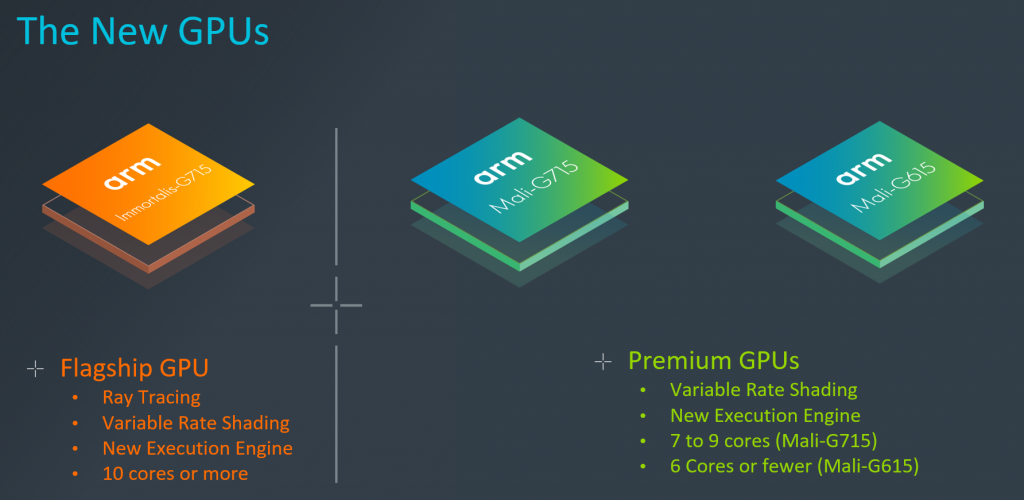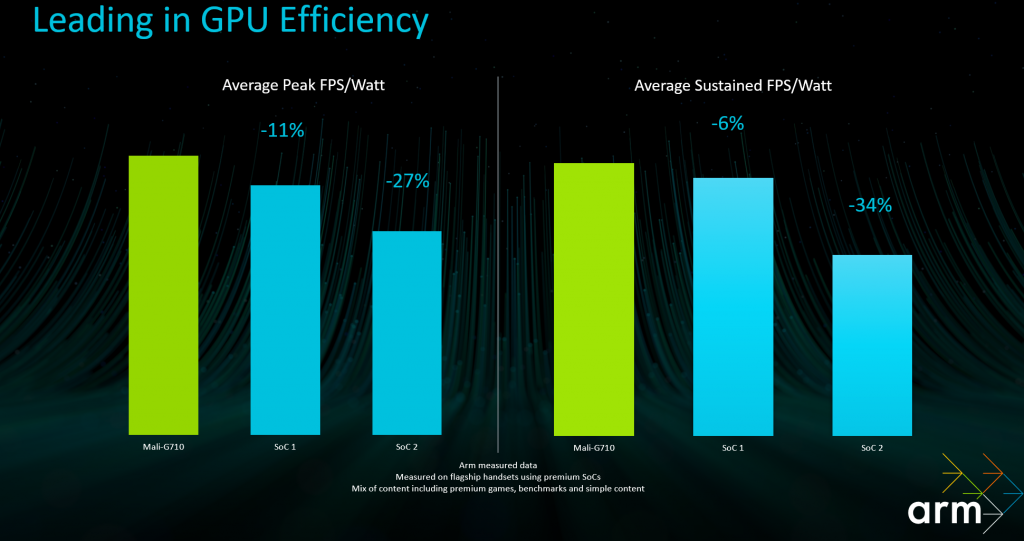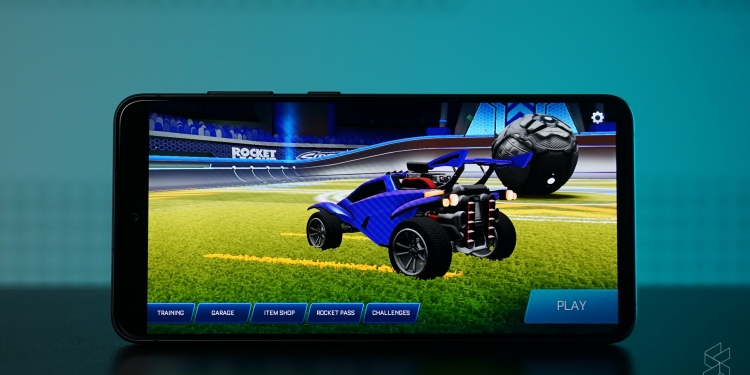Mobile gaming is now one of the biggest industries out there, and with plenty of major titles like Fortnite, Call of Duty and Apex Legends bringing their gameplay to the mobile scene, there’s plenty of users who just wish that mobile gaming was better in terms of graphics. Well, ARM will certainly be hoping that its new GPU, the Immortalis, will be able to do just that.
The Immortalis-G715 will not only feature hardware ray tracing, but also variable rate shading as well as a new execution engine. It will come with at least 10 cores, but the actual chip manufacturers such as Qualcomm, MediaTek and Samsung are able to tweak the ARM design to fit its own chips. Also announced by ARM are the Mali-G715 and Mali-G615, mid-tier premium GPUs that lose out on ray tracing capabilities but still get variable rate shading and the new execution engine.

Arm says that these new GPUs will be able to offer up to a 15% improvement in performance on the microarchitecture alone compared to the previous generation of Mali GPUs. Performance though isn’t the only key metric when discussing mobile gaming. These new GPUs are also more efficient compared to their predecessors. There’s also better machine learning capabilities to assist in workloads such as image processing in smartphones.


Variable rate shading, the new feature across the three new GPUs from ARM, is a feature that provides some pretty significant energy savings along with a performance boost by optimising graphics rendering and visuals. How it works is that the GPU basically looks at the scene and places more attention to detail on the important action-heavy parts, while the background can be rendered less with more coarse pixel granularity. It’ll still look fine to the eyes, but allows for higher FPS numbers with lower energy usage.

Meanwhile, ARM claims that the ray tracing produced with the new Immortalis-G715 delivers a more realistic gaming experience, and brings “impressive” results. Those of you more used to high-end graphics on a gaming PC might have different opinions on what “impressive” should be, but you can take a look at early ray tracing demos from ARM here:
It should be noted though that technically speaking, the Immortalis-G715 isn’t the first mobile system-on-chip with ray tracing capabilities. That honour goes to Samsung’s Exynos 2200 chip that they had launched earlier this year, which features AMD’s RDNA 2 architecture in its Xclipse 920 GPU. However, rumours of thermal issues during development meant that the Exynos 2200 didn’t perform as expected especially in the graphics department, with Samsung eventually relegating it to only Samsung S22 devices in certain regions. Furthermore, there aren’t any games out there that can make use of the Exynos 2200’s ray tracing capabilities anyway.
As for the Immortalis-G715, ARM expects it to show up in flagship smartphones from next year onwards as part of a fully fledged transition to ray tracing in the mobile gaming scene.
[ SOURCE ]








